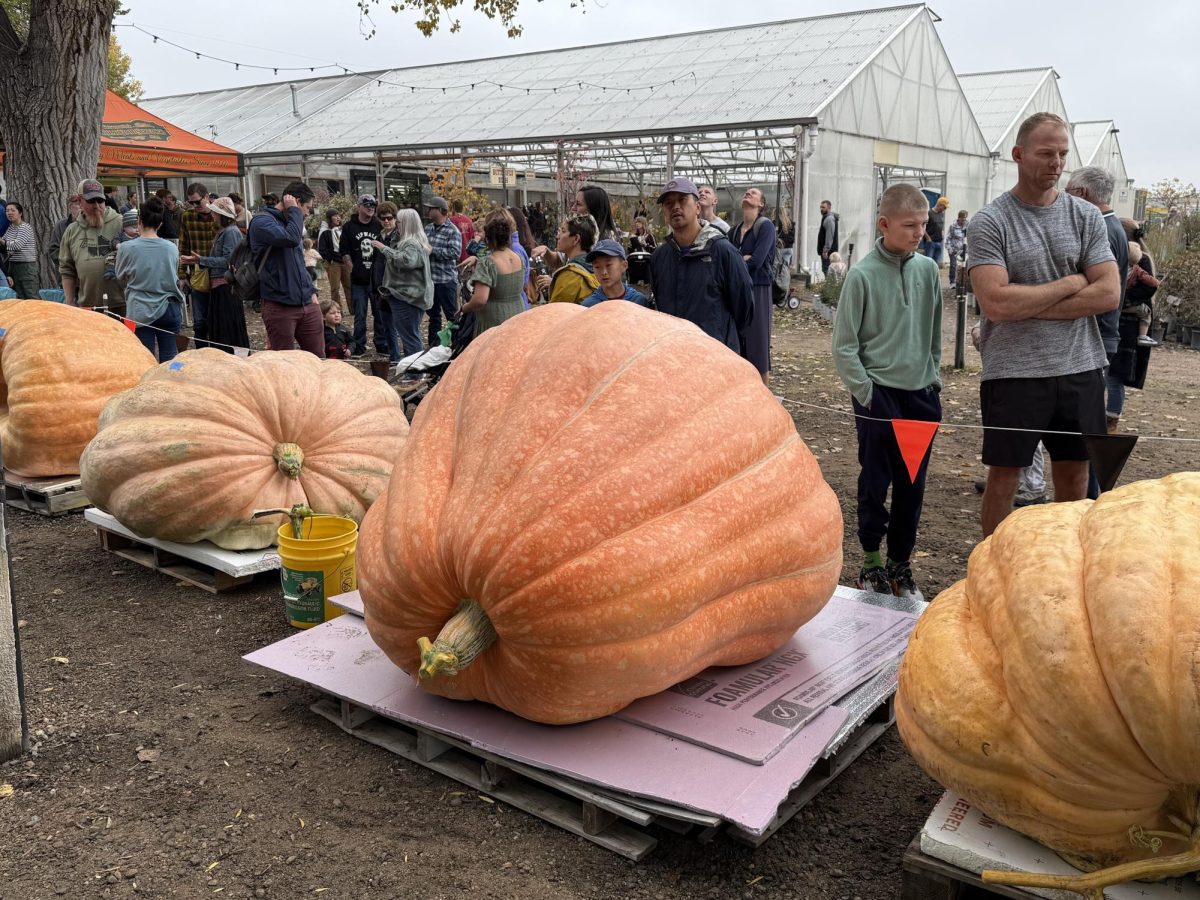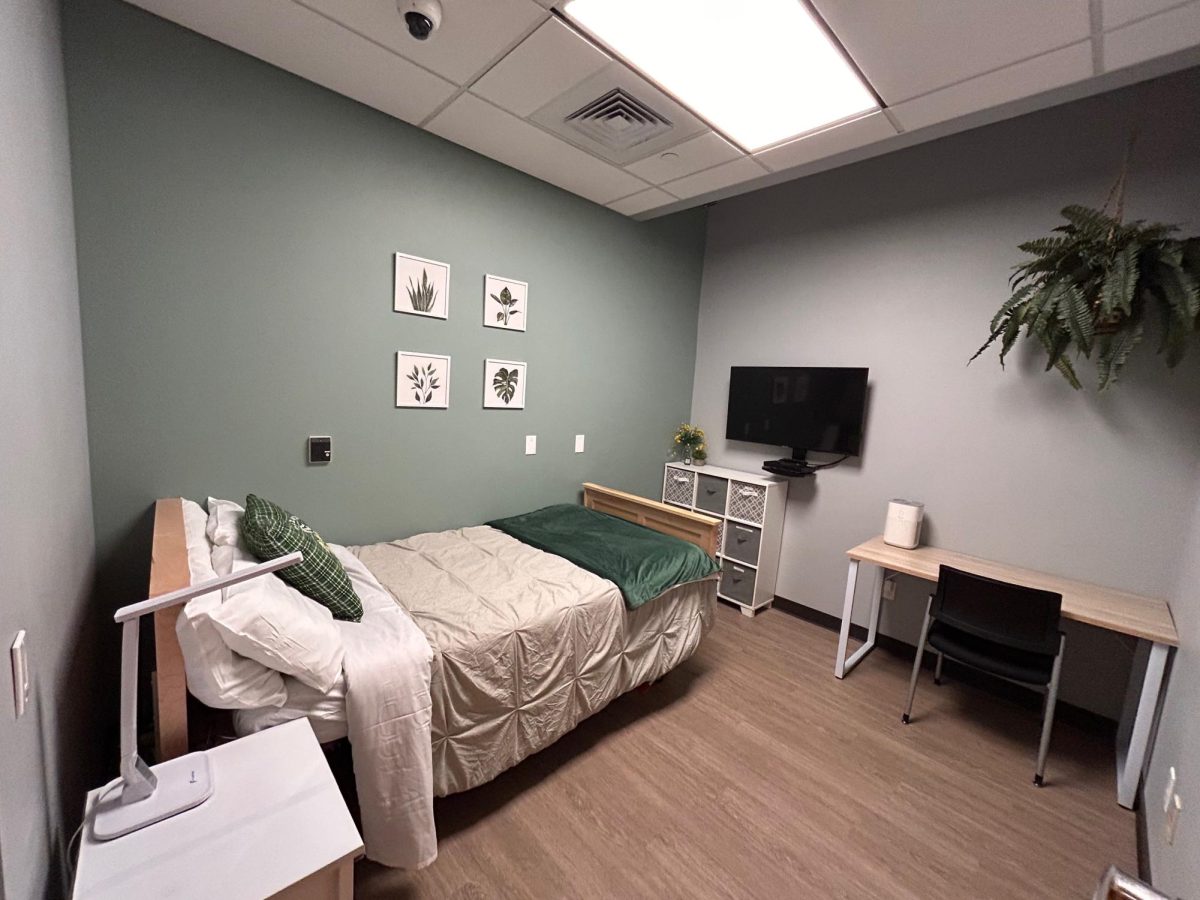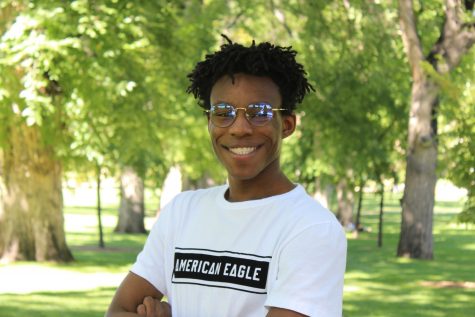Colorado State University is on a mission to be more sustainable, and one goal that accompanies this is continuing to seek out ways to conserve water.
It begins with development. The university conducts a wide variety of advanced research on water conservation through several facilities. One example is the Western Colorado Research Center, run by the College of Agricultural Sciences, which works on finding ways to reduce consumption in farming. Additionally, CSU Spur’s Hydro Water TAP lab space focuses on water quality testing for reuse.
CSU hosts the Colorado Water Center, one of the 54 Water Resources Research Institutes across the United States that comprise the National Institutes for Water Resources.
“We do need everybody’s help because there’s a role for everybody to play.” -Stacey Baumgarn, CSU campus energy coordinator
While many of these research positions are held by water conservation experts, undergrad students can also get involved. Degree program offerings like the sustainable water interdisciplinary minor allow those just starting out to gain invaluable experience.
However, the water conservation goal is even more integrated into CSU’s everyday operations. In fact, it occurs under students’ feet every day. The Sustainability & Energy Management group, which is housed under CSU Facilities Management, is dedicated to finding ways to preserve resources.
“The focus is on implementation, meaning we are trying to find projects and opportunities to help the university with energy, water and resources,” said Stacey Baumgarn, CSU’s campus energy coordinator.
One past project included installing kits in autoclaves and sterilizing devices that utilize steam. To avoid damaging sewer pipes with the hot water that drains out of them, cold water was used to dilute byproducts. These water lines were previously left running but are now only turned on when the device is used, said Carol Dollard, the President’s Sustainability Commission co-chair.
“It took about a year to get all the autoclaves on campus converted, but it saved millions and millions of gallons … in some buildings — it was really dramatic,” Dollard said. “Another undertaking involved updating bathroom facilities on campus to use more efficient technology.”
Perry Cabot, CSU extension professor and irrigation specialist, drew the distinction between conserving and saving water, as the two are frequently confused. Water saving aims to use water as efficiently as possible during a single process, while water conservation looks at what kind of process would be best overall.
“If you reduce consumptive use by growing a plant that uses less water, then you are conserving water,” Cabot said. “If you’re just irrigating in such a way that you don’t need to apply as much water, you’re probably not going to conserve water because your plant is using the same amount. With this in mind, water conservation specialists at the university continue to work on making changes to our current systems that will have the largest impact overall.”
Currently, Sustainability & Energy Management is installing waterless vacuums in the Veterinary Health and Education Complex. At the moment, the vacuum pump in use functions with running water; however, new technology has developed a way for equipment to work without continuously sending water in and out of the system. This project is expected to be completed during 2025 and will save a drastic number of gallons per year, similar to the replacement of autoclaves, Dollard said.
“We do need everybody’s help because there’s a role for everybody to play,” Baumgarn said. “The idea behind the ongoing project in the (Veterinary Health and Education Complex) actually came from a student there who noticed how much water was being used.”
While there are various ways for students to get involved in sustainability initiatives across campus, an impactful method to conserve water can simply be vigilance on a day-to-day basis.
Reach Hayley Bisant at science@collegian.com or on Twitter @CSUCollegian.









